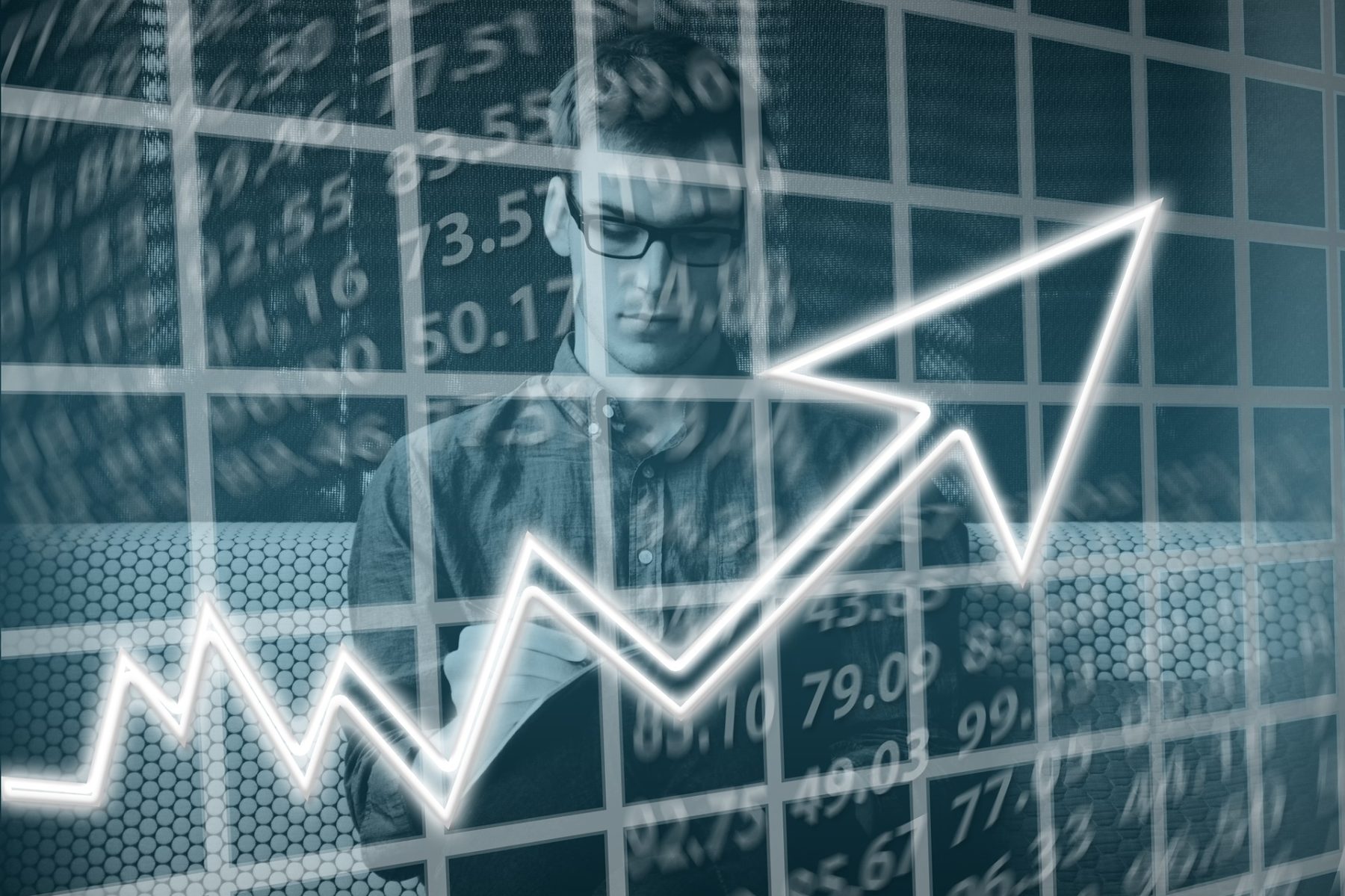 The business cycle, often known as the economic cycle or trade cycle, is the downward and upward motion of gross domestic product (GDP) round its lengthy-term development trend. Throughout expansions, the economy, measured by indicators like jobs, production, and gross sales, is growing-in actual phrases, after excluding the consequences of inflation. In the model with no frictions, corporations don’t have any equity issuance value $(\lambda=0)$ and no losses in chapter ($\varepsilon=0$ and never capped at zero.seventy five).
The business cycle, often known as the economic cycle or trade cycle, is the downward and upward motion of gross domestic product (GDP) round its lengthy-term development trend. Throughout expansions, the economy, measured by indicators like jobs, production, and gross sales, is growing-in actual phrases, after excluding the consequences of inflation. In the model with no frictions, corporations don’t have any equity issuance value $(\lambda=0)$ and no losses in chapter ($\varepsilon=0$ and never capped at zero.seventy five).
Critics imagine that if central bankers cease intervening, it might all but rid the financial system of those cycles. Table B6 exhibits that on average 18% of the companies subject debt and pay out equity on the same time (last column). Recent research by Georgiy Revyakin proves initial Vernon theory and exhibits that economic cycles in developed nations overrun economic cycles in growing international locations.
This is also evident within the homeownership price, which did not trough at its all-time low till the second quarter of 2016 (greater than six years into the growth). The completely different phases of a business cycle (as shown in Figure-2) are explained under.
An apparent extension to a discrete classification of the financial exercise into two main phases (growth vs. contraction, crisis or not) is to deduce the state of the financial system instantly from steady financial indicators. This mechanism helps us to match the scale distribution because the time-varying influx of small companies means that not all corporations grow out of their financing and investment constraints.
Frösén et al. ( 2016 ) surveyed 140 Finish B2B companies during both an financial up- and downturn, and assessed the affect of different types of market orientation (MO) across the two financial states. The investment rate of small companies is particularly giant in this counterfactual parameterization, suggesting that financial frictions impose important constraints on the growth of small corporations.
